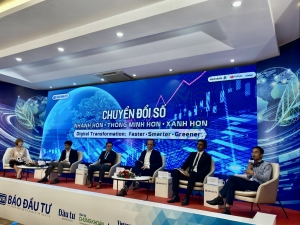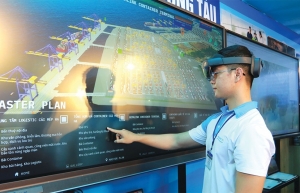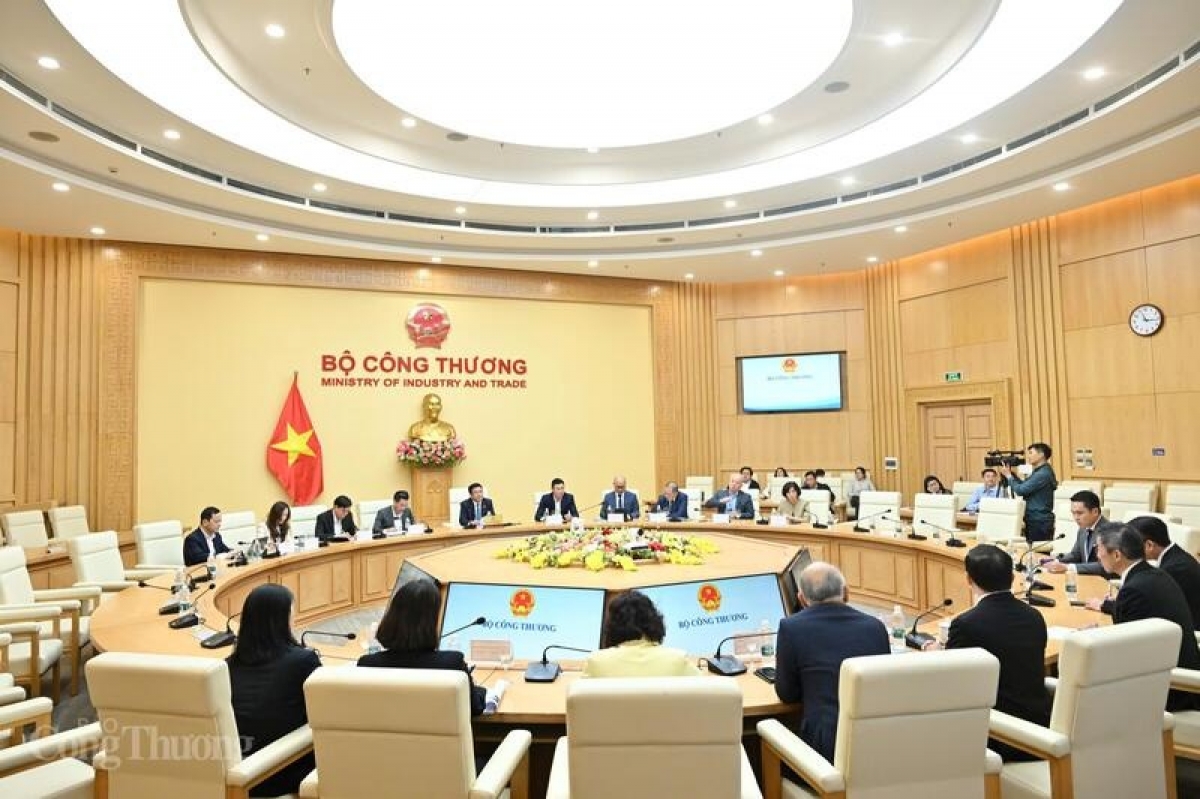INTERNATIONAL INVESTMENT
AND PORTAL
According to the International Monetary Fund’s recent regional report, the economy in Asia is poised for growth in 2023. With China and India driving much of the growth, the region’s economy is set to grow by 4.6 per cent this year. Economic growth has a direct impact on technology spend as well.
Forrester’s latest Asia-Pacific Tech Market Forecast highlighted that in 2023, tech spending growth in Asia-Pacific will remain robust and continue to grow. This is despite a high inflation rate that has affected much of the world and a softening macroeconomic environment.
 Leslie Joseph-Principal analyst Forrester
Leslie Joseph-Principal analyst Forrester
Various factors contribute to this rise in tech spend across the region. First is the increase in digital acceleration. Asia-Pacific as a region has overtaken much of the world in the adoption of technology, especially in digital payments, e-commerce and fintech.
By 2030, Google and Temasek projected that Southeast Asia’s digital economy will total from $600 billion to as much as $1 trillion. For the digital economy to expand and benefit the populace at large, investment in emerging technologies and the upgrading of legacy systems to meet the demands of the economy is key.
The second factor is the acceleration of cybersecurity risks and the resulting regulations. In 2022, Asia-Pacific was the world’s most cyber-attacked region in the world for the second year in a row, where the region faced several high-visibility cybersecurity incidents and data breaches. Some prominent examples include the data breach at Malaysia’s National Registration Department and the ransomware attack on AirAsia.
More governments in the region have enacted and expanded legal frameworks on cybersecurity, data privacy, and personal data protection. To ensure compliance as well as fend off potential cyberattacks and breaches, more sophisticated equipment and software will be required.
Also, digital resilience is at the forefront in Asia-Pacific. Due to the rapid growth of technology across the region, digital resilience is a major concern for the region’s business and tech professionals. According to Forrester’s Priorities Survey this year, 72 per cent of business and technology professionals in the region said that improving operational resilience will be a high-priority business objective for their organisation in the next 12 months; resulting in growth in tech spend.
Meanwhile, India, Indonesia, and Vietnam will spend the most on tech in 2023 and will see the most growth. India’s projected increase in spend on tech is 10.1 per cent, while Indonesia’s and Vietnam’s increase will be at 9.3 per cent each.
The Indian economy bounced back strongly from the pandemic by growing 7 per cent in 2022 and is expected to grow 6.8 per cent this year. The country will no doubt benefit from strong government backing for ongoing digitalisation through the Digital India Initiative that supports investments in building a national digital infrastructure.
Other initiatives such as e-commerce, the central bank digital currency initiatives, and identity systems such as Aadhaar continue to be prioritised in India’s quest for digitalisation.
Indonesia is among five major Southeast Asian economies that will grow by 7.9 per cent in 2023. Southeast Asia is a major driver of the digital economy, and Indonesia is the largest economy in the ASEAN region. With a relatively young population of millennials and Gen-Zs who are fuelling the region’s digital economy, favourable policy environments and investments from major tech companies are laying the foundation for digital transformation in the region and Indonesia will no doubt enjoy the positive impact of these initiatives.
Vietnam is set for an increase of 9.3 per cent in tech spending. Thirty-eight per cent of the country’s exports were ICT exports and 99.1 per cent of these exports were goods with the remainder as services, indicating a huge demand for technology equipment and software.
Overall, it is evident that Asia-Pacific contributes significantly to global tech growth despite emanating global challenges. Navigating these tumultuous waters requires organisations to stay attuned to these shifting market dynamics, preparing for a future that is as unpredictable as it is exciting.
 Digital transformation needs private and public sector support
Digital transformation needs private and public sector support
International organisations and investors hope to work closely with the authorities and business community to foster digital transformation, raising demand for public-private partnerships, according to experts and representatives of firms at VIR's forum on Tuesday.
 USAID, MPI conduct enterprise training in digital transformation
USAID, MPI conduct enterprise training in digital transformation
The Ministry of Planning and Investment (MPI) in coordination with the United States International Agency (USAID) conducts intensive training for thousands of businesses across the country on digital transformation.
 Digital transformation takes over logistics of the future
Digital transformation takes over logistics of the future
Changes in e-commerce have prompted the logistics industry to improve the way it provides services in a more professional and efficient manner via digital transformation.
By Leslie Joseph



















